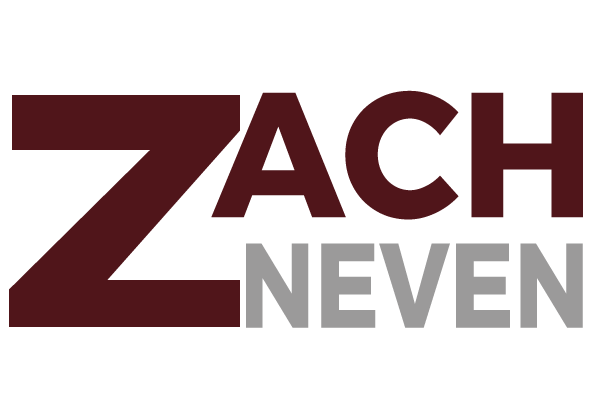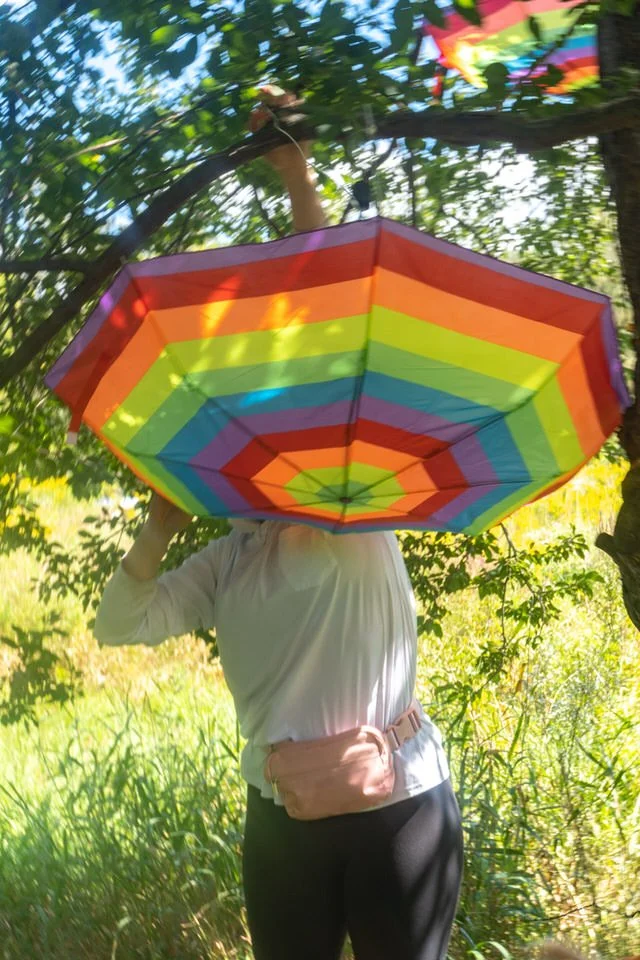I feel blessed to have grown up in Chatham, New York. It was — and still is — a breathtakingly beautiful, historic small town with charm, quirkiness, and a close-knit sense of community. Or at least, it did feel that way more.
Back when I was young, it was as though everyone knew my name, in part because my family was connected to the town. Delson's was the family business, and people still remember the motto: "If we don't have it, you don't need it." It was the town's pride and institution. I always felt I was home — as though I was a part of Chatham's fabric.
Childhood Memories and the Chatham I Knew
Some of my best memories are of running around town, riding my bike alone once I was finally allowed to get off the driveway and backyard. I grew up on Route 66, in what people called the "Crayola House" or "Rainbow House," because it was painted every color of the rainbow and had bizarre front-yard statues. It was a distinctive house, in a good way.
I was lucky to have neighbors and schoolmates the same age and living in walking distance. We played games in the backyards, went to school events, parties, and town productions. I had my grandparents living just down the street as well. I spent considerable time with them and their friends — observing their work, sitting in on their daily routines, and learning the significance of becoming a good "town kid." Chatham was close-knit and lively.
School was a mixed bag of goodies. I had fun, learned to try things in different ways, and always enjoyed being around other people — even though part of that experience was bullying (on both sides, if you want to hear the whole truth). But overall, I enjoyed school because it gave me a sense of structure and belonging.
From the Crayola House to a Hill in Ghent
After we arrived in Ghent, however, things were not the same. I was not driving around town as frequently, and while we did have a family with kids living adjacent to us, it was just not the same environment. Individuals started getting ready for college or pouring into cliques. The older you get, the farther away things feel in small towns.
Upon graduation, I discovered a harsh truth: most of the people I socialized with as a kid weren't necessarily friends — at least, not the friends I had in mind. I've had a weird and often solitary experience with friendships ever since. It's been hard to find people who truly "get" me.
What I Still Love About Columbia County
Even to this day, I love driving the side roads and taking in the scenery. Columbia County's charm — the old houses, the estate sales, the curvy roads that all seem to lead onto a main road — still moves me. I like knowing where I am, feeling a sense of place.
But I'll say it: it's not the same anymore.
The community is changing. A lot of my own age have moved away. Most of those who are left are second-home dwellers or retirees. I don't drink, I don't go to the gym, I don't work construction or landscaping — so I don't belong to a whole bunch of social cliques that are already established here. That hinders me from meeting someone. I know some others who've come and gone, and some who never even glanced in the rearview mirror. I see both sides.
There's peace in staying. And yet — there's something itchy in me as well.
A Future in Flux: DC, NYC, or Somewhere in Between?
My parents do plan to move to the D.C. area one day. Their Hudson building has to sell first, and their house will also go up for sale — a house I could never afford, even though I've joked about making the workshop a mini home for me.
They've said I can have a trial of a few months with them before entering into anything long-term, which is very considerate of them. I don't mind at all with a trial period — nothing's put on me.
Yet my heart keeps telling me New York City.
I haven't actually navigated D.C. and just find it seems so political to me — less art, less edge, more show. NYC, though, feels alive creatively. When I'm down there, I photograph, explore, and feel something ignite within me. The street photography, the galleries, the energy — that's my universe.
However, when I'm in town, I've mostly worked or wandered. I haven't tried yet to actually connect with people or see its social landscape. I'm following a group of creative people who meet every other week on the weekends. The next time that I'll be in town, I hope it's so I can get to know them — that is potentially a life-changer for me.
What's Next for Me?
Honestly, I have no clue what I'm doing for the next chapter. I can try to get into a support program toward the end of summer. My parents are fine with me testing out a couple of months in NYC, and I have savings to cover it for awhile. But I'd have to get a job, and there's a part of me that doesn't want to sacrifice the things I love to do — painting, collecting old photographs, street photography — for a salary.
Maybe I'm making it harder than it needs to be. But the reality is, NYC could bring me to life — or vomit me up. And that's both terrifying and exhilarating.
What I do know is: I'm someone who likes things to go a certain way, who likes to be rooted and free, and who's learning that no home is ever truly a home — but that doesn't mean I don't desire a home of my own.
Chatham Will Always Be Part of Me
Columbia County will forever be special. It was a great place to grow up in — even if it's changing. The town lost its charm now that the regular people are being priced out, and kids don't appear to play outside anymore like we did when we were growing up. The vibe is altered today.
However, I'll never forget where I come from — the backyard games, the Crayola House, the store with the sign that said, "If we don't have it, you don't need it."
And one day, perhaps I'll find out where I truly belong — whether NYC, DC, or somewhere in between.




























































